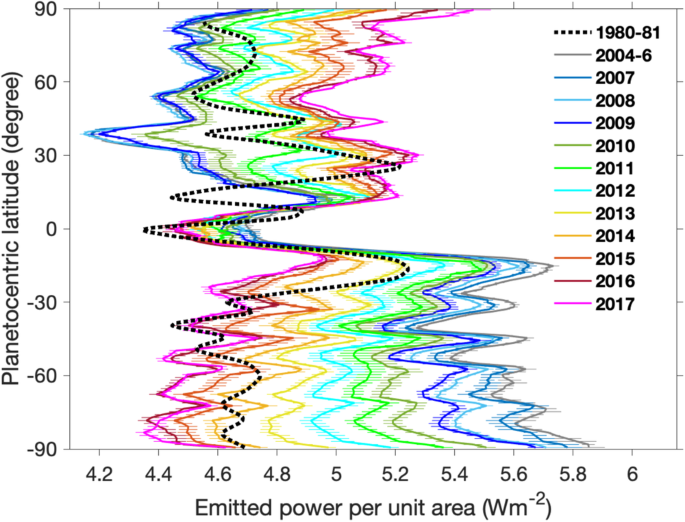2024-06-18 ペンシルベニア州立大学(PennState)
<関連情報>
- https://www.psu.edu/news/eberly-college-science/story/what-happens-when-neutron-stars-collide/
- https://journals.aps.org/prl/abstract/10.1103/PhysRevLett.132.211001
ニュートリノのトラッピングと二重中性子星合体残骸における平衡効果 Neutrino Trapping and Out-of-Equilibrium Effects in Binary Neutron-Star Merger Remnants
Pedro Luis Espino, Peter Hammond, David Radice, Sebastiano Bernuzzi, Rossella Gamba, Francesco Zappa, Luís Felipe Longo Micchi, and Albino Perego
Physical Review Letters Published 20 May 2024
DOI:https://doi.org/10.1103/PhysRevLett.132.211001
ABSTRACT
We study out-of-thermodynamic-equilibrium effects in neutron-star mergers with 3D general-relativistic neutrino-radiation large-eddy simulations. During mergers, the cores of the neutron stars remain cold (∼ a few MeV) and out of thermodynamic equilibrium with trapped neutrinos originating from the hot collisional interface between the stars. However, within ∼2 to 3 ms matter and neutrinos reach equilibrium everywhere in the remnant massive neutron star. Our results show that dissipative effects, such as bulk viscosity, if present, are only active for a short window of time after the merger.



